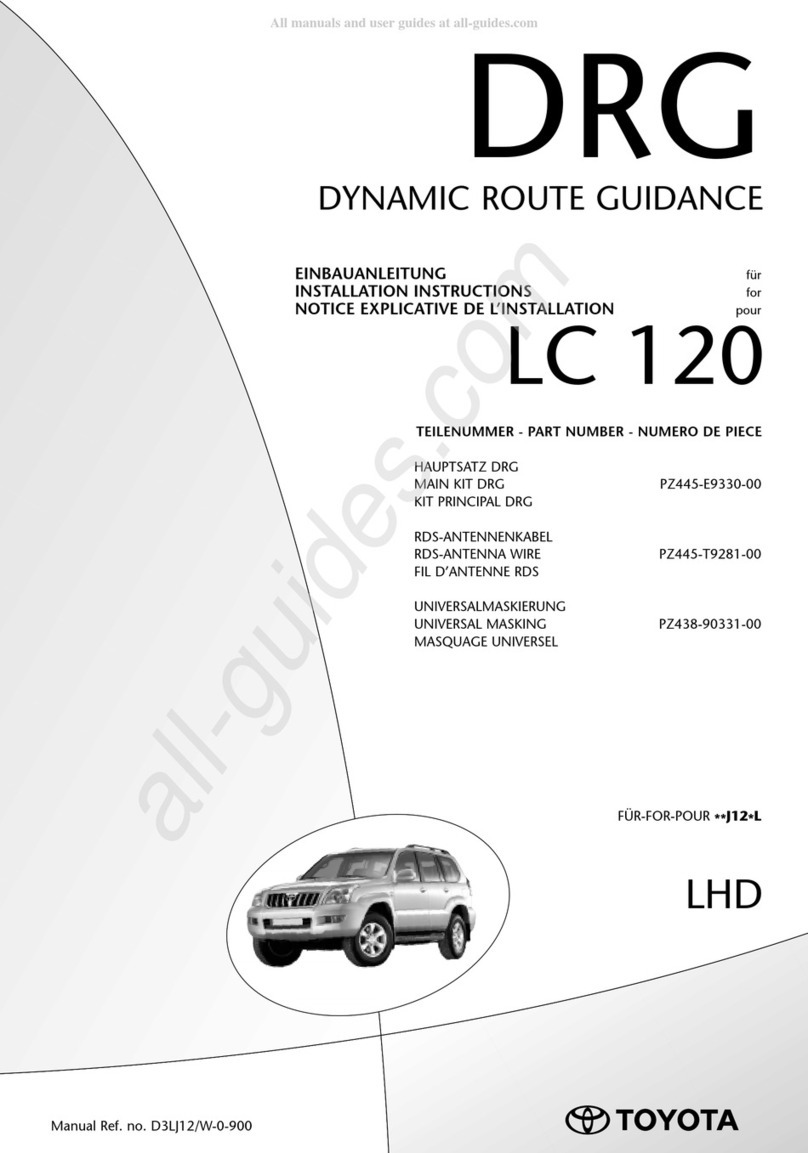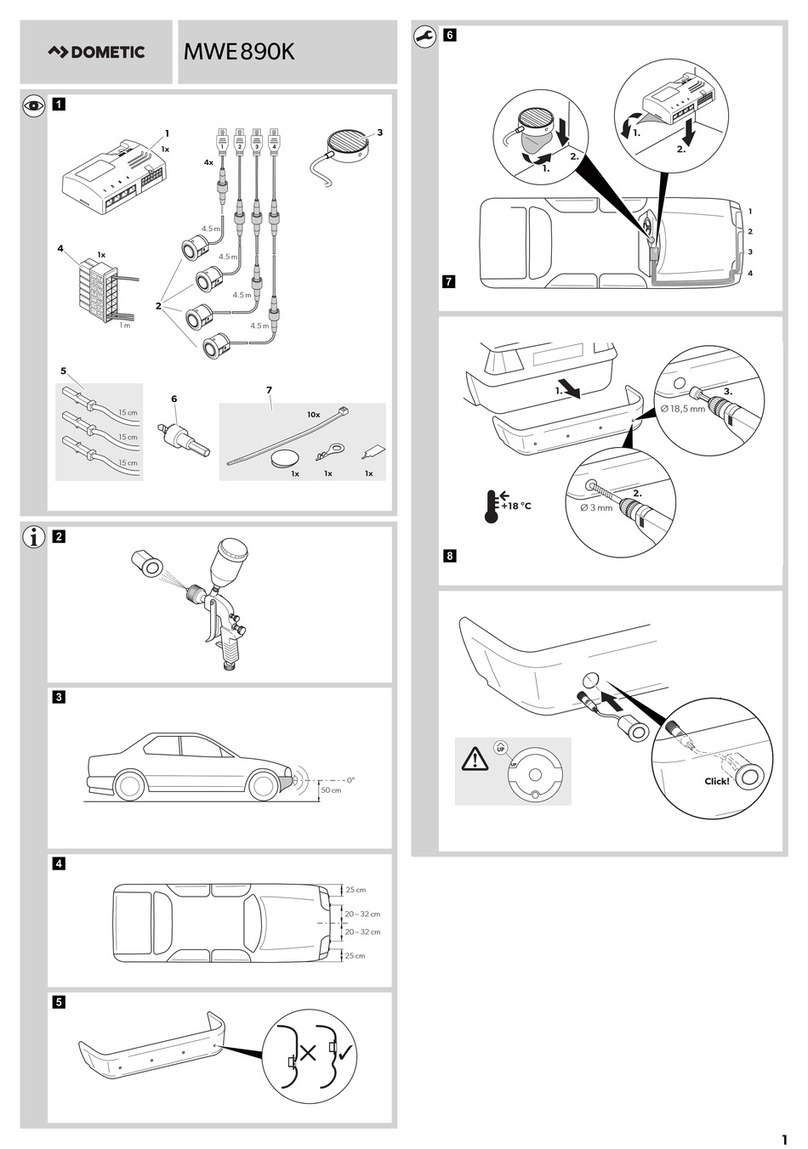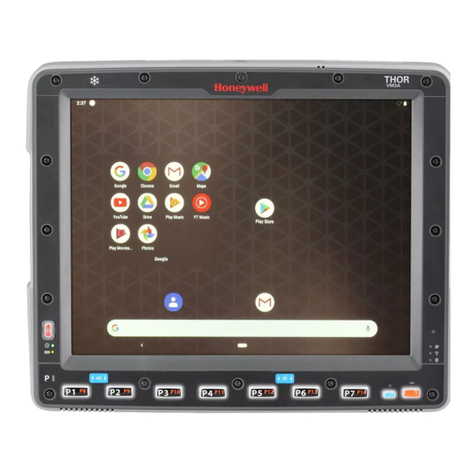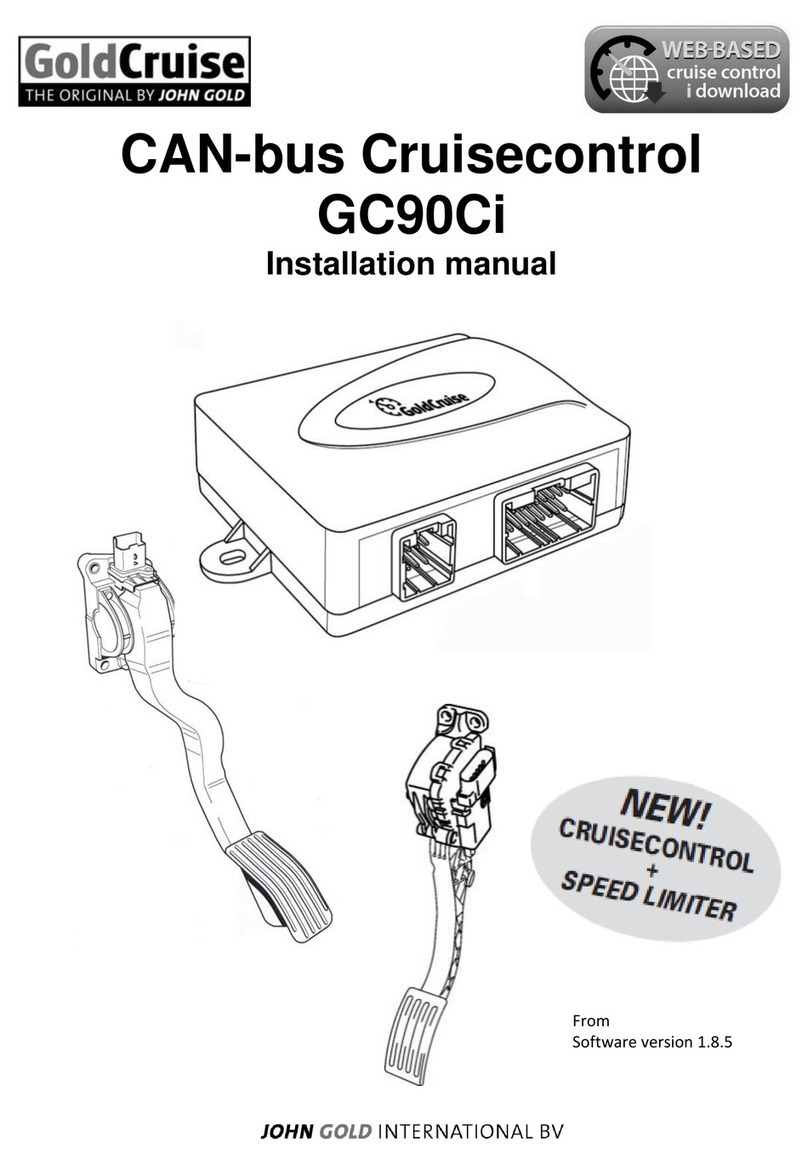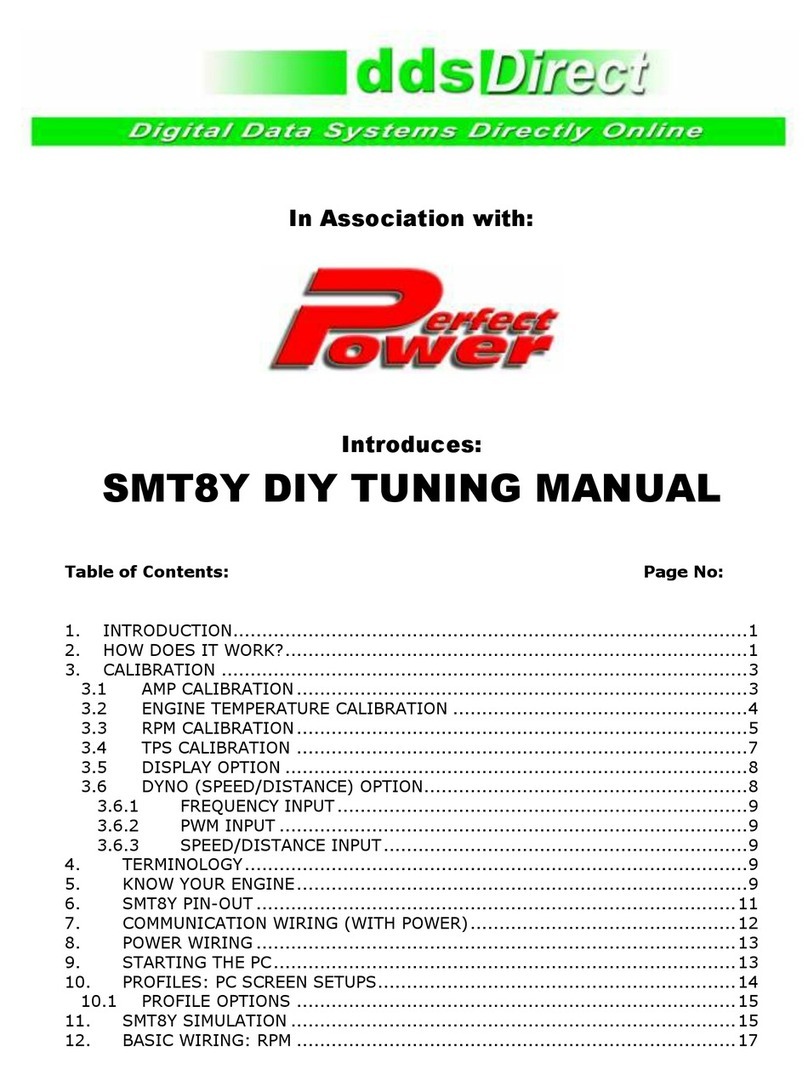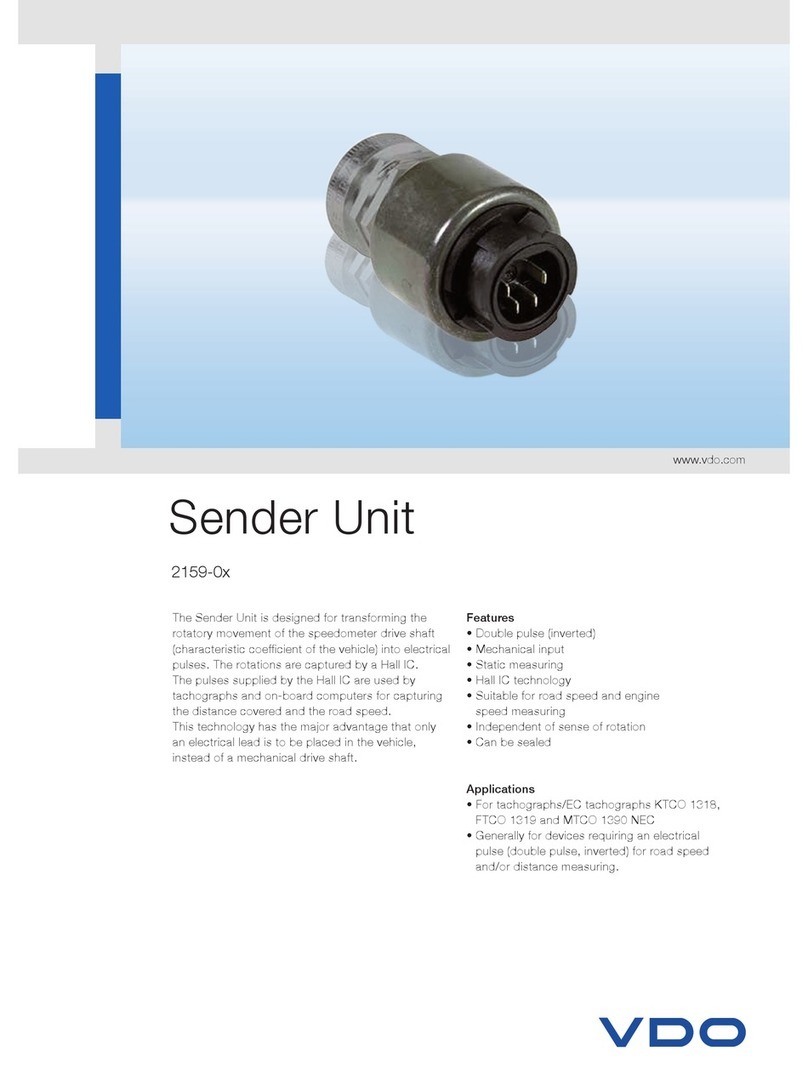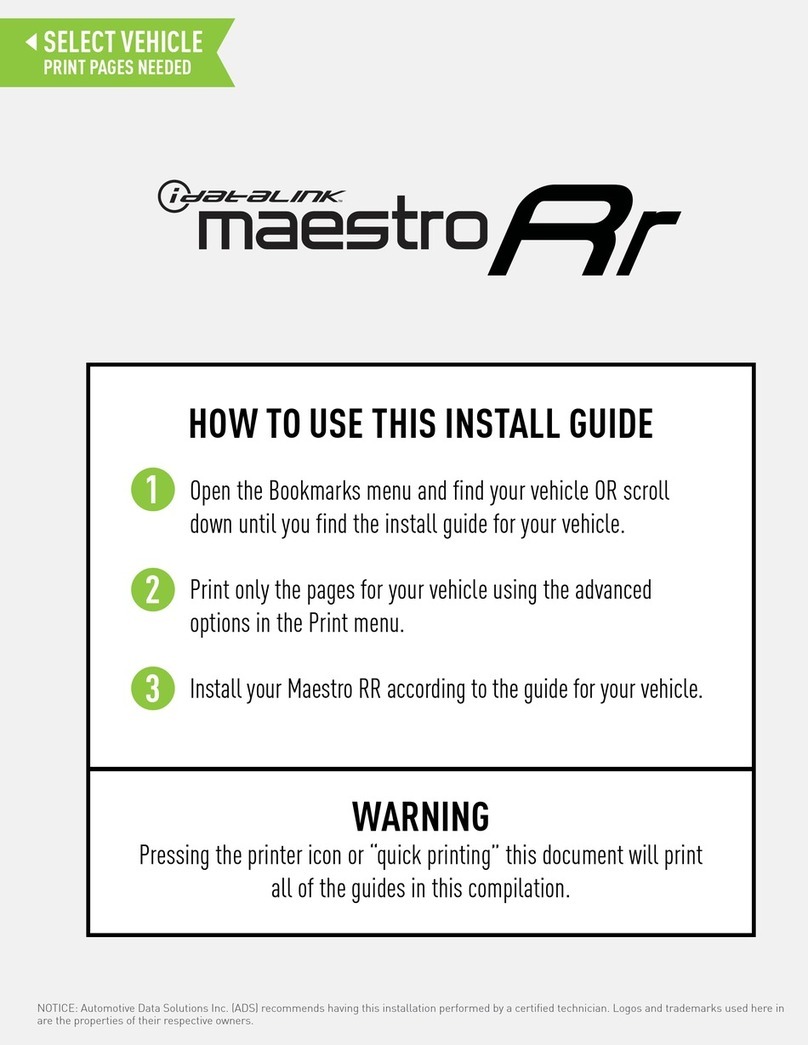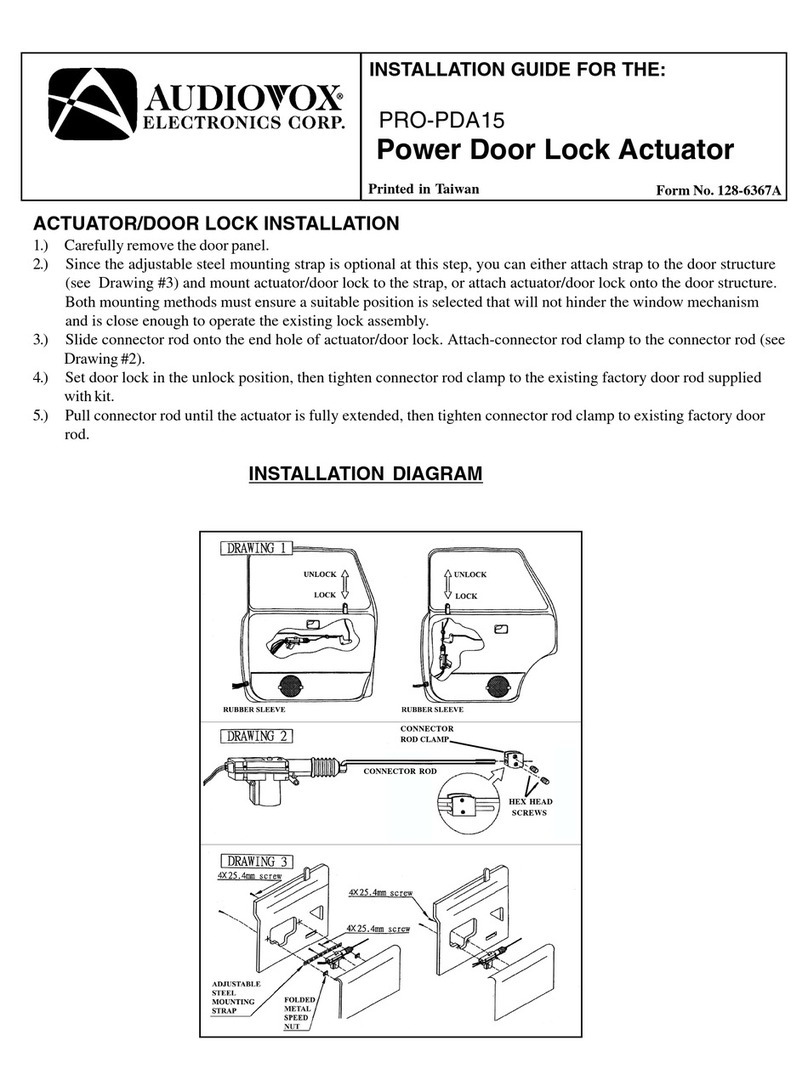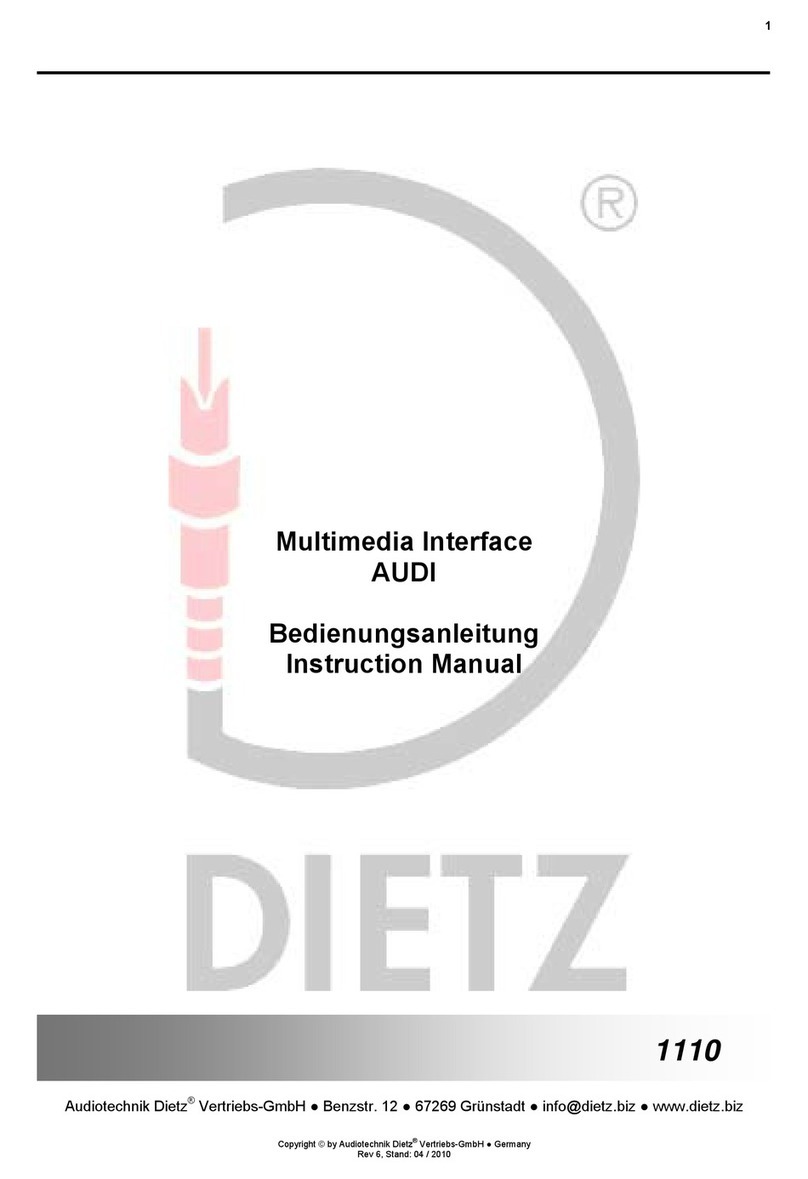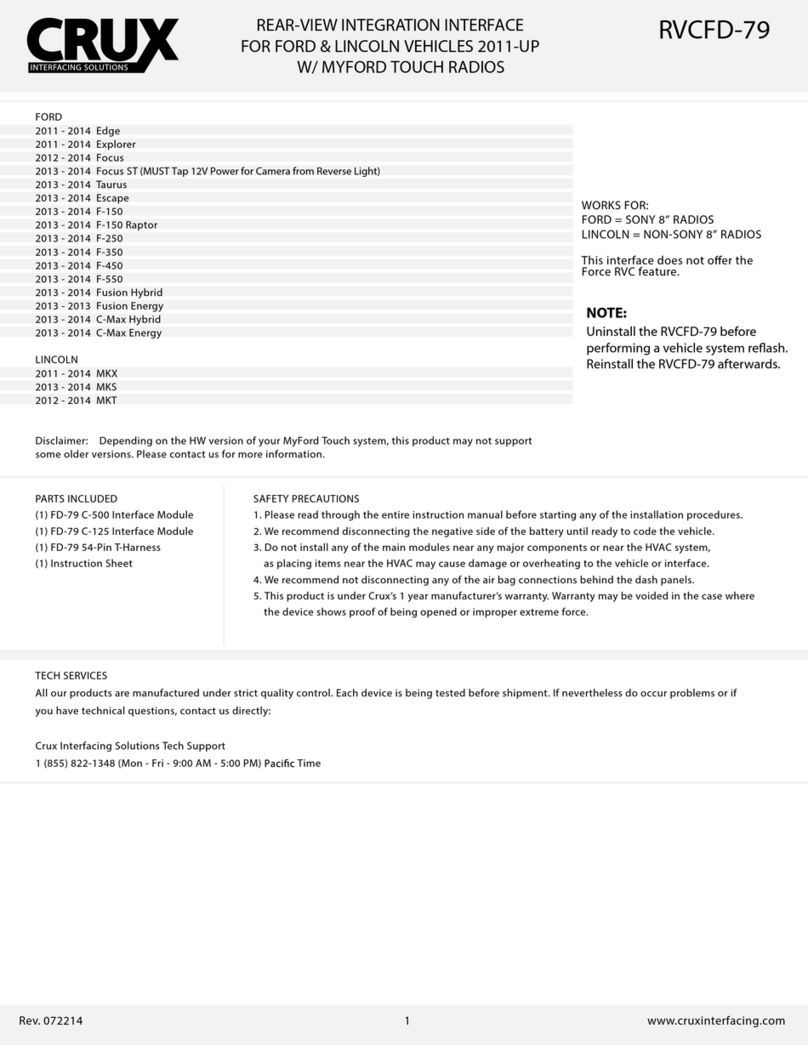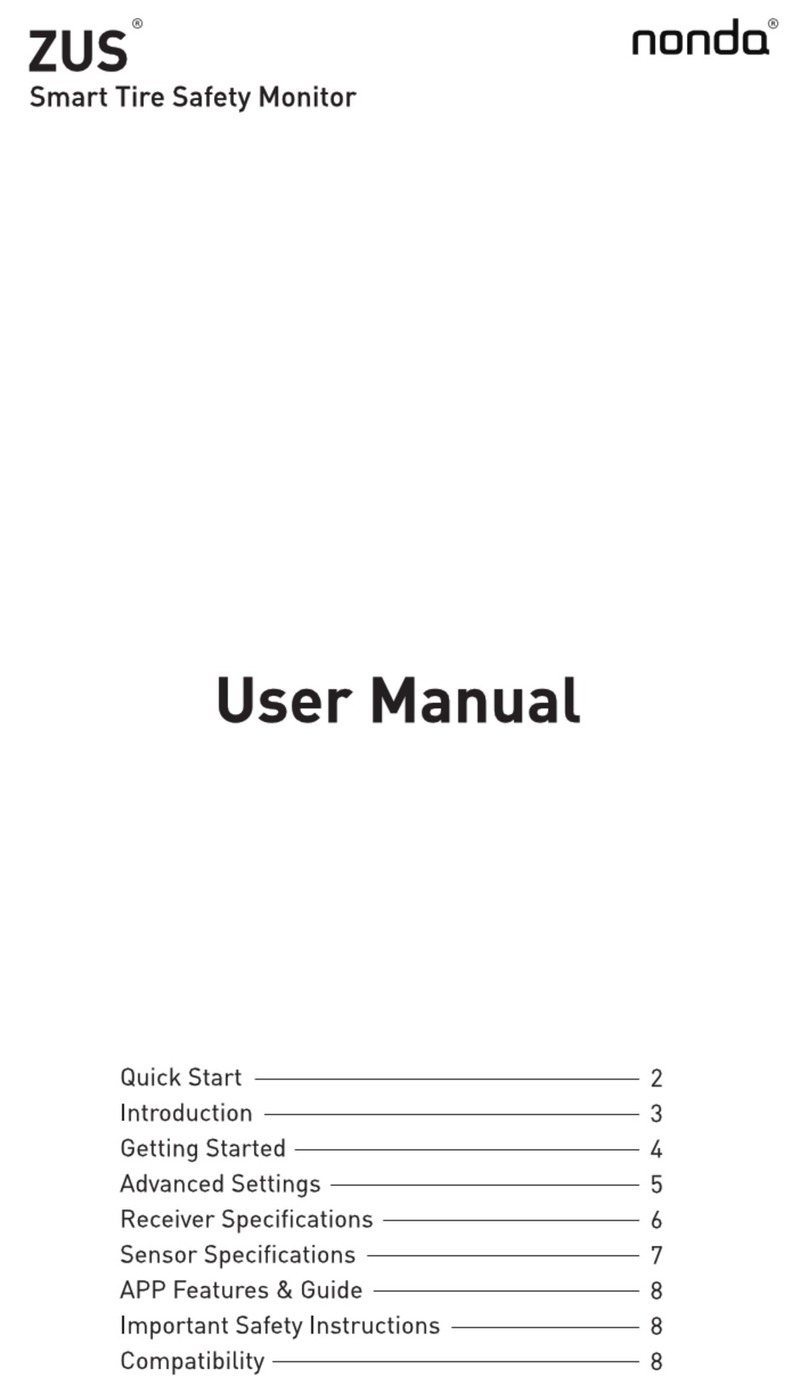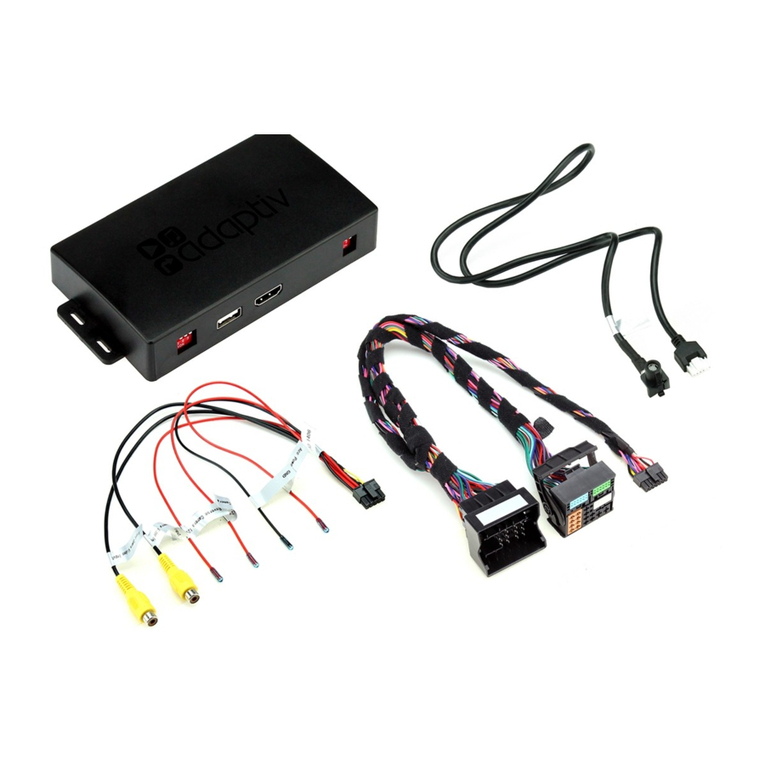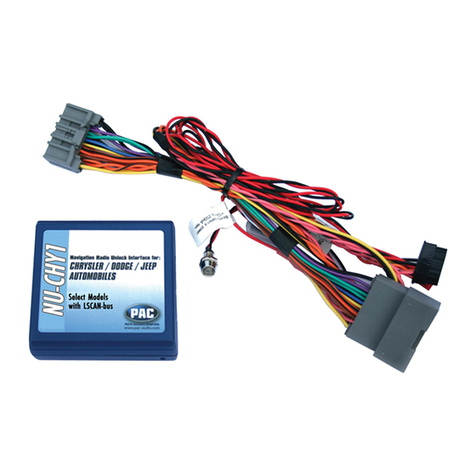
Table of Contents: Page No:
1.
INTRODUCTION.........................................................................................1
2.
HOW DOES IT WORK?................................................................................1
3.
CALIBRATION ...........................................................................................3
3.1
AMP CALIBRATION (Shift F4 ................................................................3
3.2
ENGINE TEMPERATURE CALIBRATION (shift F5 .....................................4
3.3
RPM CALIBRATION ..............................................................................6
3.4
TPS CALIBRATION ..............................................................................7
3.5
DISPLAY OPTION ................................................................................8
4.
TERMINOLOGY ..........................................................................................8
5.
KNOW YOUR ENGINE .................................................................................9
6.
SMT8T_5 PIN-OUT ...................................................................................10
7.
COMMUNICATION WIRING and SEt-up .......................................................11
8.
POWER WIRING ......................................................................................11
9.
STARTING THE PC ...................................................................................11
10.
PROFILES: PC SCREEN SETUPS..............................................................12
11.
DYNO DISPLAY ....................................................................................13
11.1
INSTALLATION .................................................................................13
11.2
CALIBRATION...................................................................................13
11.3
SETTING UP .....................................................................................13
11.4
PRACTICAL USE OF DYNO FEATURE ....................................................14
11.5
CALCULATING THE HORSEPOWER.......................................................14
11.6
PRACTICAL USE OF THE FUEL MONITOR ..............................................15
12.
SMT8T_5 SIMULATION..........................................................................15
13.
BASIC WIRING: FUEL MONITOR.............................................................18
14.
BASIC WIRING: RPM ............................................................................19
15.
BASIC WIRING: TPS .............................................................................21
16.
IGNITION WIRING................................................................................21
17.
DISPLAY WIRING .................................................................................22
18.
SYSTEM SETUP ....................................................................................23
19.
MINIMUM INSTALLATION AND WORK .....................................................23
20.
ANALOG: AMP......................................................................................24
21.
ANALOG: AFR ......................................................................................24
22.
INJECTION ..........................................................................................25
23.
BOOST CONTROL .................................................................................26
24.
IGNITION CONTROL .............................................................................27
25.
APPLICATIONS: LIMITING AN AMP SIGNAL..............................................28
26.
APPLICATION: MODIFYING AN AMP SIGNAL ............................................28
27.
APPLICATION: MODIFYING THE TPS SIGNAL ...........................................29
28.
APPLICATION: PROVIDING FUEL AT BOOST VIA AN EXTRA INJECTOR ........ 29
29.
APPLICATION: MODIFYING LAMBDA .......................................................30
30.
APPLICATION: IGNITION MODIFICATION ................................................31
31.
APPLICATION: BOOST CONTROL ............................................................32
32.
AUXILARY OPERATIONS ........................................................................33
32.1
FREQUENCY MODIFICATION...............................................................35
32.2
PWM MODIFICATION .........................................................................35
32.3
BOOST CONTROL..............................................................................35
32.4
DISPLAY OUTPUT ..............................................................................35
32.5
DYNO DISPLAY .................................................................................36
